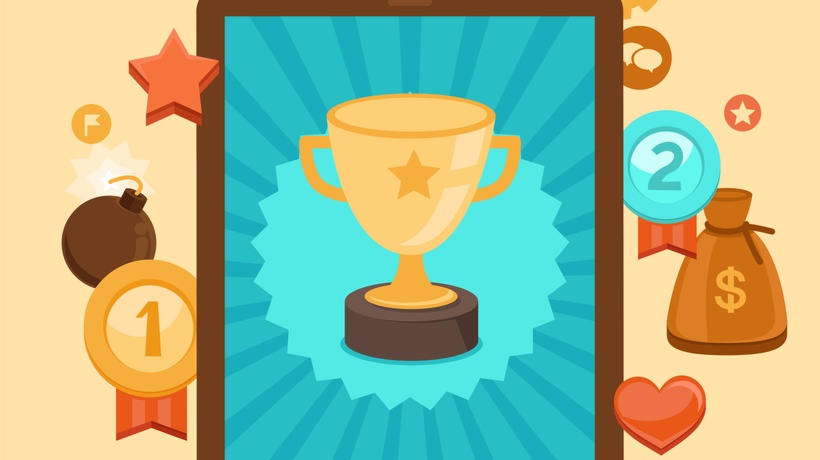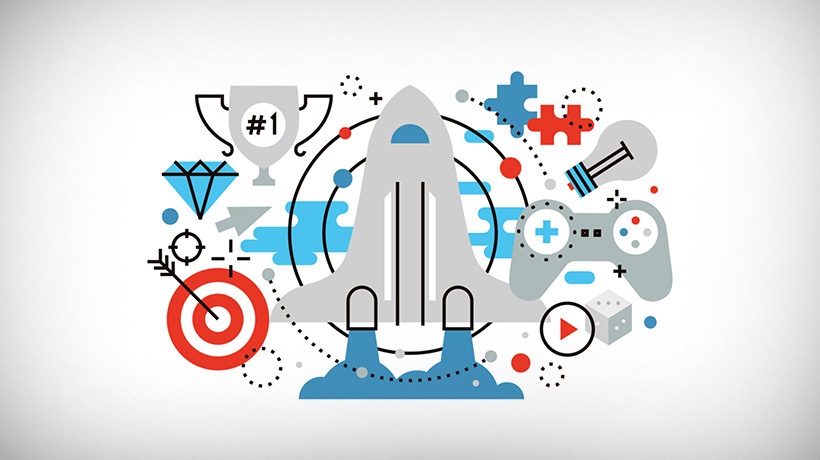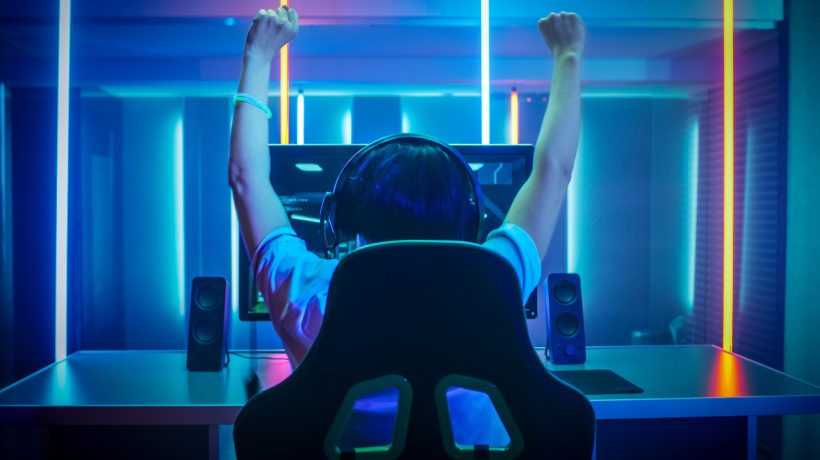How Gamification Can Help You Improve Engagement
Gamification is applied in many businesses worldwide for various purposes, one of them being increased employee engagement. According to Zippia , 90% of all employees stated that gamification makes them perform better. Moreover, by applying a gamification strategy, the workers can experience a 60% increase in engagement and, ultimately, an increase in performance. This article briefly explains gamification and its effects on employee engagement. Then, we’ll cover some of the most successful methods for applying gamification and explain how they can contribute. Read on.
What Is Gamification?
Gamification is the application of elements of games to non-game contexts. In business, gamification can be used for customers and employees. An example of customer-oriented gamification is the collection of points that bear rewards and showcase customer loyalty. Points are usually used in games, but can also be used in real life as in this case.
Gamification is used for employees, with the primary purpose of increasing their engagement. Employees are often required to tackle simple challenges, collect points or badges, or rank on leaderboards. Even though gamification’s main purpose is increased engagement, it is also effective because it’s entertaining and oftentimes educational.
The Importance Of Employee Engagement
Employee engagement has many benefits, including increased productivity, higher job satisfaction, and, ultimately, higher revenue. Unfortunately, many companies struggle with employee engagement, and a Gallup report shows that only 36% of employees are actually engaged in the workplace, while 51% are completely disengaged. The report also indicates that high engagement could increase profits by up to 21%, whereas disengagement already costs economies billions of dollars. On the other hand, only 16% of companies use any kind of software that monitors the engagement of employees.
Top Methods For Increasing Employee Engagement Through Gamification
The good news is organizations focus more on employee engagement now than ever before, and gamification is a major tool to improve it.
1. Game-Based Employee Learning And Training
Passive content, such as huge PDFs and long videos, can bore employees who have to read or watch them. By turning learning content into games, content creators can improve the overall engagement and make learners interested in the content.
One of the primary examples is quizzes. By allowing learners to recapitulate the content they’ve covered immediately, you can make them stay engaged for an extended period and make learning innovative. If you add points to quizzes and make them competitive, you can make the learning process even more enjoyable.
There are tools that can help you turn your video content into interactive video materials by enabling quiz creation. On top of that, you can use other AI-powered features such as auto-chaptering and automated closed captioning (subtitling), deep video search, hosting, and integration with any player.
2. Using Leaderboards To Increase Competitiveness
One way to increase learning engagement via gamification is by organizing little competitions. By awarding points and ranking employees on a leaderboard, you can make your employees achieve more. Of course, there should be strict rules set up-front, as well as rewards for the winners. This mainly applies to learning processes, but can also be used in a non-learning context within a company.
One such example is the Deloitte Leadership Academy, where senior leaders received training in soft skills. This wasn’t an in-house Deloitte project, as leaders from more than 150 companies took part in it. Participants got rewarded with badges to mark their achievements throughout the training process and had a chance to check leaderboards that displayed the top ten performers. Deloitte’s Leadership Academy saw a 47% increase in the number of returning users after introducing gamification.
3. Games Of Chance With Bonuses For Employees
There are two types of games out there: games of skill and games of chance. The truth is that some people are motivated by the latter, as they enjoy the element of luck in games. That’s why lotteries and casino games are so popular around the globe.
Therefore, some gamification techniques include using spin-to-win wheels or even scratch cards as a way to boost engagement among employees. Workers can test their luck by taking part in these games, spinning wheels, scratching cards, and hoping to win bonuses.
Games of chance can become available for workers who achieve a certain milestone, including a watched video, a completed quiz, a good performance on a test, and more. It’s in human nature to try harder when there’s a veil of mystery surrounding the possible reward and there’s a chance to win lucrative prizes. Above all, games of chance are exciting, and evoking excitement and surprise among workers will have a positive effect on their engagement.
4. Progress Bars To Track Goals For Employees
Employees feel motivated once they have a feeling of making progress. Sometimes, when they’re learning new skills, they might lose track of their progress. Even worse, they might think they aren’t making any progress at all. A visual representation of their progress can help them track goals better and and check if performance pays off.
This visual representation usually comes in the form of a progress bar. If an employee completes a task, learns a chapter, or does anything that results in progress, they'll see the progress bar depict their progress visually. Progress bars are standard in video games to display progress on a level, but they are now often used in non-gaming contexts.
5. Badges, Awards, And Accolades
Badges, points, awards, and all kinds of accolades are often part of initiatives that aim to improve employee engagement via gamification. They are often combined with leaderboards, progress bars, and other gamification tools. The Deloitte example we mentioned earlier used accolades and leaderboards to improve learner engagement.
6. Employee Rewards Program
Many companies don’t choose just badges or leaderboards. Sometimes, they combine various methods to create a rewards program. For example, you can use game-based learning that includes quizzes and track employees’ learning progress via a leaderboard to reward the most successful employees.
In many organizations, there’s a Learning and Development department that comes up with the best possible methods to increase employee engagement. They often develop entire employee rewards programs incorporating many gamification elements.
Final Thoughts: Where To Start With Gamification?
Gamification may seem like it’s all fun and games, and technically it is. Still, it takes a serious approach to make it work in a real environment and increase employee engagement. The entire journey starts by finding the right tools to assist you in creating a gamification initiative. A video interactivity solution can help you kick-start the engagement of employees in your company if you’re relying on video content to improve engagement.










